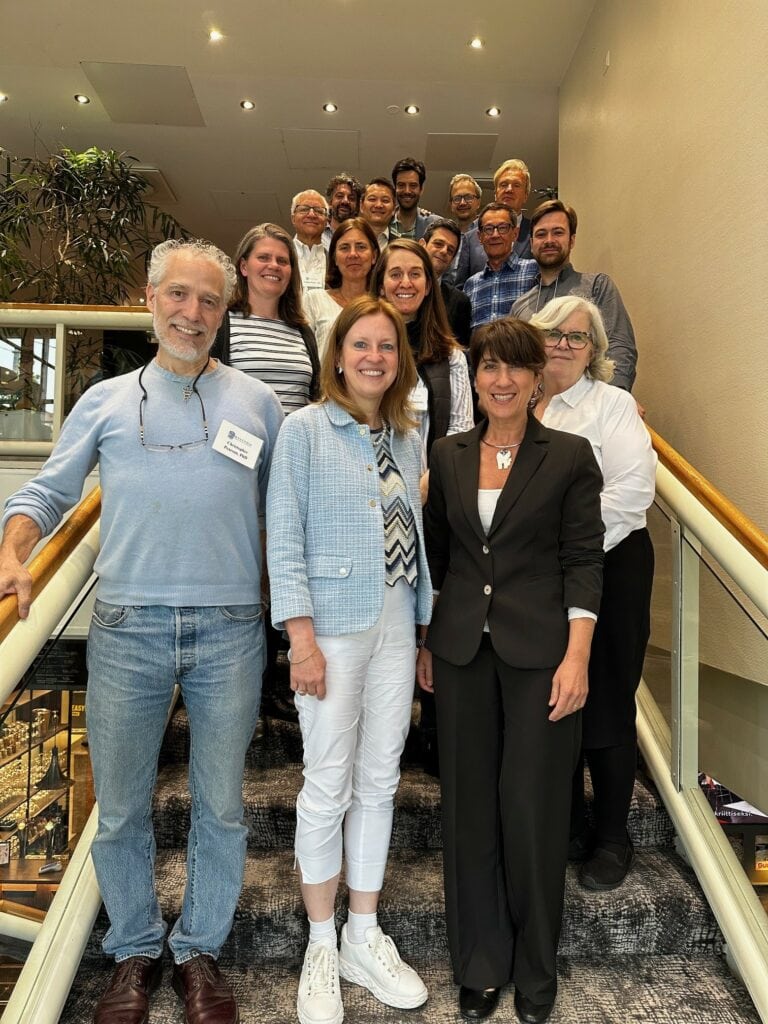DMRF Hosts Workshop on Dystonia Penetrance
The DMRF organized a scientific workshop on the Mechanisms of Reduced Penetrance in Dystonia in Helsinki, Finland on June 19-21. Dystonia penetrance refers to the percentage of individuals with a specific genetic mutation who develop dystonia. The workshop was co-chaired by Christine Klein, MD from the University of Lübeck and Christopher Pearson, PhD from the University of Toronto and included leading clinicians and researchers in the field. The goal of the meeting was to deepen scientists’ understanding of the causes and mechanisms of reduced penetrance in dystonia, as well as evaluate existing and identify new research strategies.
The workshop was a highly interactive gathering with very brief talks and extensive discussions aimed at identifying key ideas and questions that may lead, stimulate, and organize investigations into the causes of reduced penetrance in dystonia by exploring unchartered and neglected areas of research. Four sessions were held: 1) Insights from phenotypes, 2) Insights from genetics, 3) Insights from related diseases, and 4) Insights from models.
Each session generated questions and potential next steps related to:
- Phenotyping: pointing to understanding and defining penetrance in the context of dystonia with special emphasis on genetic and non-genetic mechanisms.
- Genetics: highlighting the importance of emerging genetic variants, their classification and analysis and the road toward translational applications.
- Learning from other diseases: stressing cross-disorder insights and mechanistic similarities as well as unexplored therapeutic opportunities.
- Models: arguing for further expansion of analytical tools to bridge biology and behavior analyses and delving deeper into multilevel mechanistic studies.

The meeting faculty will assemble a position paper regarding the most challenging aspects of the reduced penetrance phenomena in dystonia to be published in a leading medical journal. The paper, a direct outcome of the meeting, should help researchers in refocusing their efforts to identify biological mechanisms of reduced penetrance in dystonia and perhaps other neurological disorders.
